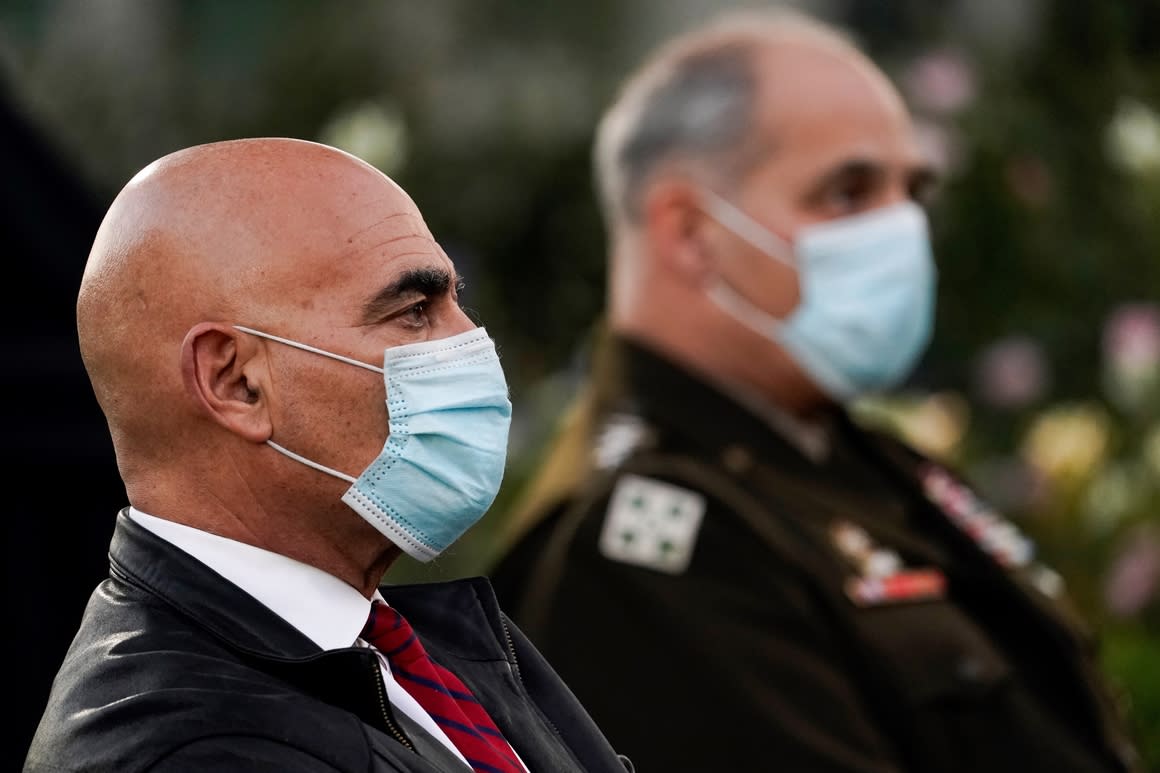You are here
Trump administration leaves states to grapple with how to distribute scarce vaccines
Primary tabs
 Trump administration leaves states to grapple with how to distribute scarce vaccines The Trump administration has told states that they have ultimate authority for determining who gets vaccinated first. YahooNews
Trump administration leaves states to grapple with how to distribute scarce vaccines The Trump administration has told states that they have ultimate authority for determining who gets vaccinated first. YahooNews The Trump administration is shunting to the states hard decisions about which Americans will get the limited early supplies of coronavirus vaccines — setting up a confusing patchwork of distribution plans that could create unequal access to the life-saving shots.
Federal and state officials agree that the nation’s 21 million health care workers should be first in line. But there is no consensus about how to balance the needs of other high-risk groups, including the 53 million adults aged 65 or older, 87 million essential workers and more than 100 million people with medical conditions that increase their vulnerability to the virus.
The Trump administration has told states that they have ultimate authority for determining who gets vaccinated first. It has also decided to allocate scarce early doses based on states’ total populations, forcing hard choices in states with a greater proportion of residents at high risk — including Black, Indigenous and Latino communities that have suffered disproportionate rates of hospitalization and death from Covid-19.
Public health experts say that could undermine already shaky public confidence in the vaccine effort, whose success depends on convincing large numbers of Americans to get immunized.
“States are going to have to pick and choose who gets the first doses,” said Josh Michaud, an associate director for global health policy at Kaiser Family Foundation who has reviewed nearly every state’s distribution plan. “It’s very obvious that states are in different places when it comes to planning and identifying who those people are.”
Moncef Slaoui, the former GlaxoSmithKline executive who leads Operation Warp Speed, the government’s vaccine accelerator, said there are no easy choices.
"I don’t expect the states to make uniform decisions,” he told POLITICO. “Some may prefer long-term care facilities or the elderly, while others may prioritize their health care workers. It would be wrong to immunize 18-year-olds first. I hope no one does that. But otherwise it’s shades of gray.” ...
The federal government’s vaccine accelerator, Operation Warp Speed, has said that 40 million doses of vaccine could be available next month, assuming that regulators greenlight both the Pfizer and Moderna shots. They are now preparing to send the first 6.4 million doses out as soon as a vaccine is authorized, Gen. Gustave Perna, the head of logistics for Operation Warp Speed, told reporters Tuesday.
The Centers for Disease Control and Prevention normally lays out the guidelines for who should get priority for each vaccine, based on recommendations from a group of experts known as the Advisory Committee on Immunization Practices. The panel had not been scheduled to finalize its recommendations until after the first vaccine was authorized by the FDA. But that changed abruptly over the weekend, with the panel now set to meet Tuesday to hammer out advice for the highest priority groups — health care workers and residents of nursing homes and long-term care facilities. ...



Recent Comments